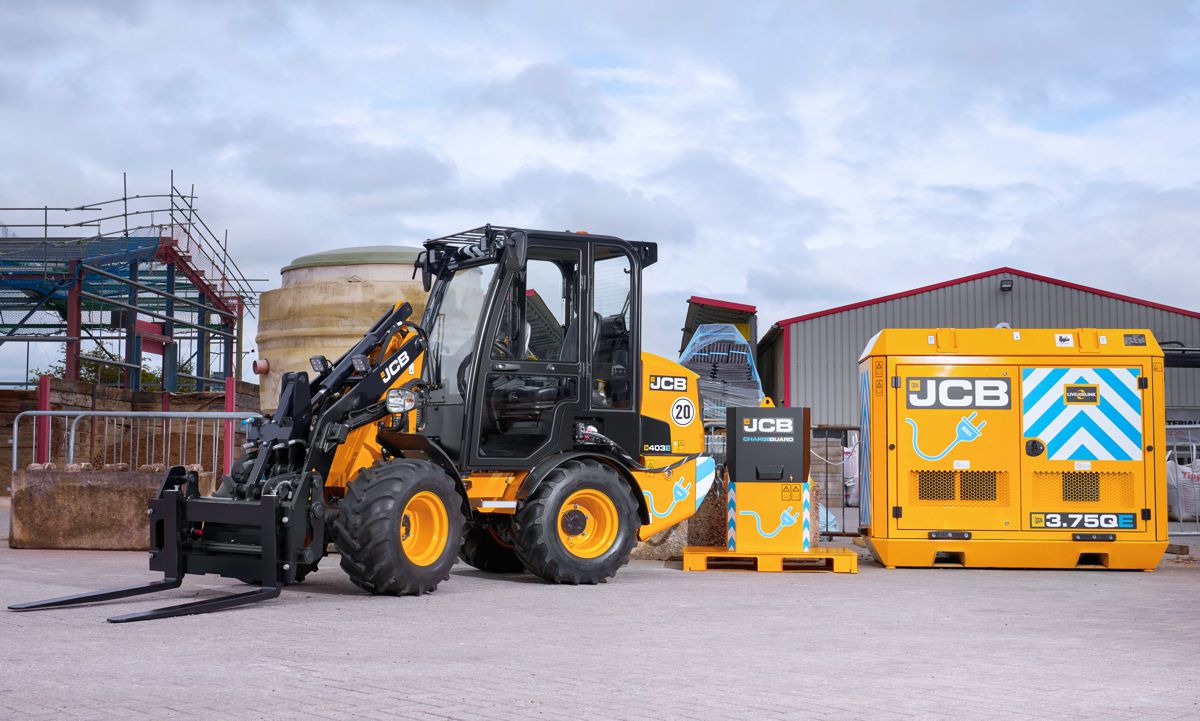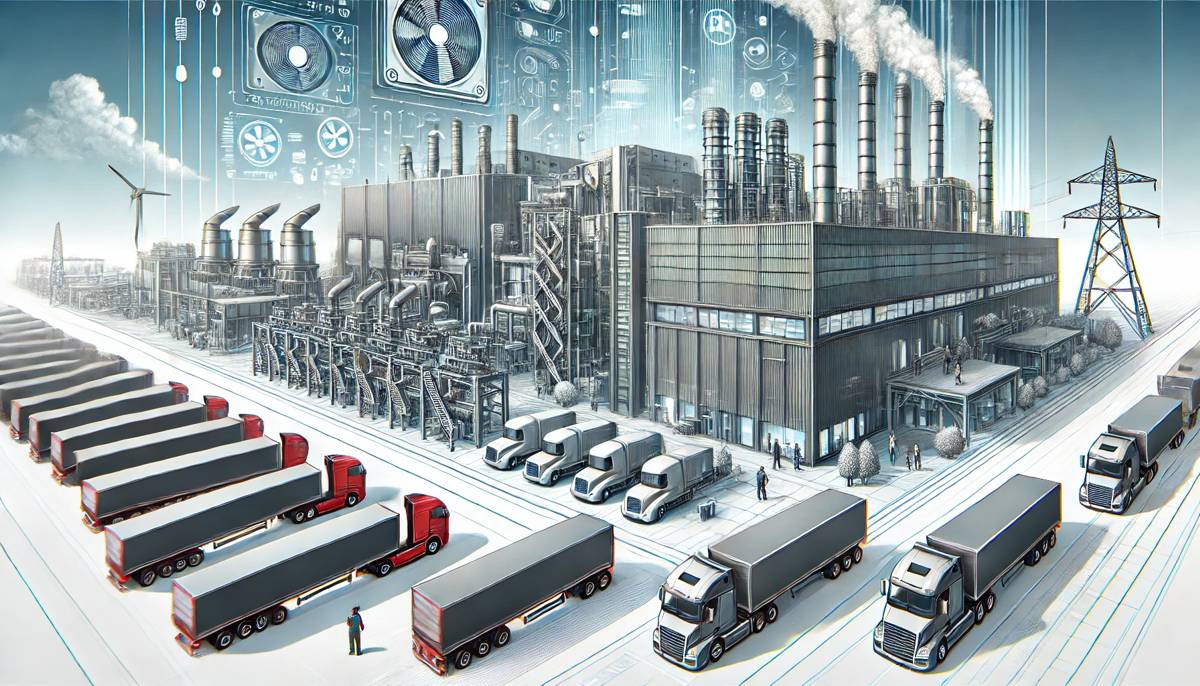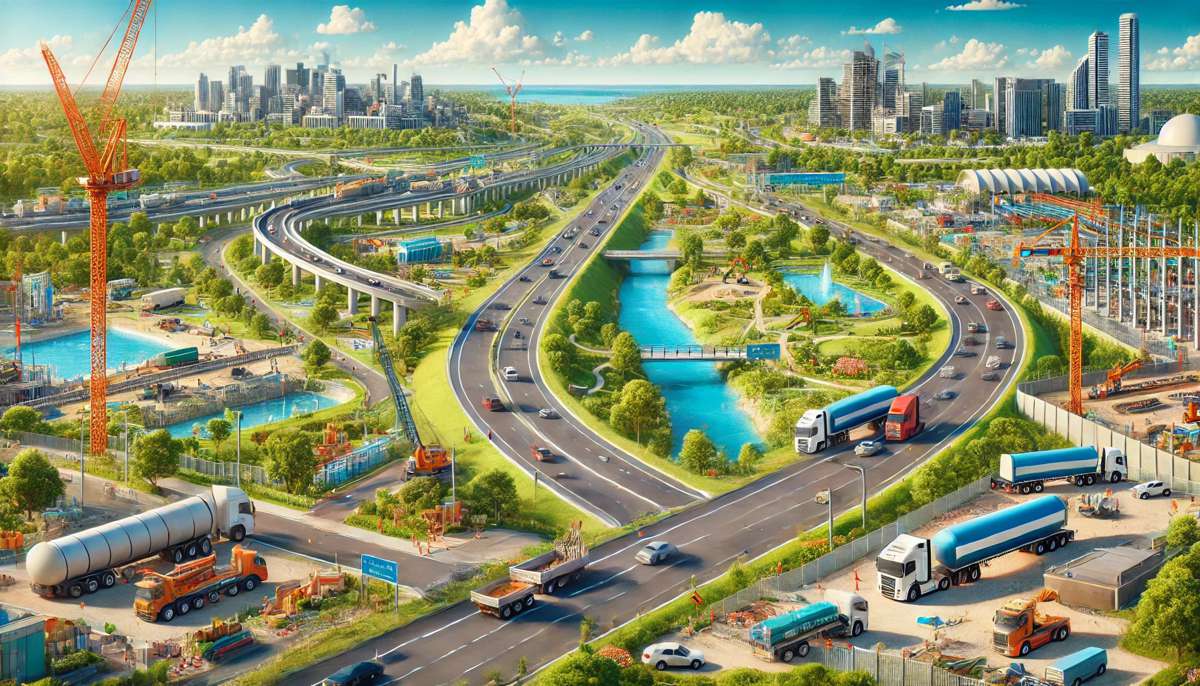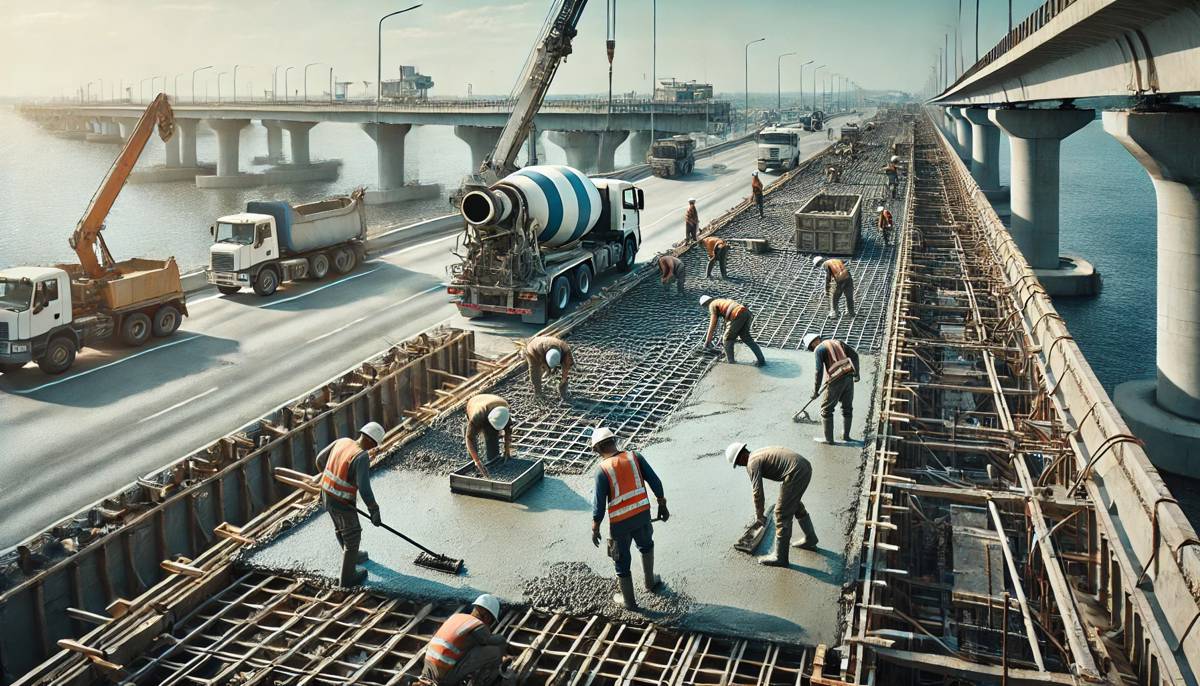How Council Highways departments can break down data silos for digital transformation
Local authorities put in a great deal of investment and planning time every year in maintaining and developing the nation’s highways and surrounding infrastructure.
There is much to be gained from coordinating activities to address the goal of keeping infrastructure assets in optimum condition and keeping the public informed and happy with the work done. Think of the benefit, for example, if green spaces teams could collaborate with highways departments both to plan out more aesthetically pleasing road schemes and to help conduct their ongoing maintenance.
Unfortunately, the reality today is that individual departments and service areas often continue to work in isolation, drawing on their own siloed data and relying exclusively on their own teams of people.
Barriers to transformation
Departments tend to have a narrow focus purely on their own area of activity and responsibility. While they may desire to find ways to utilise a broader set of information to improve their own decision making there have often been a number of barriers preventing this.
First, the software applications used by individual departments are typically specific to each service area and may require specialist knowledge to use effectively. They are also generally locked down via account profiles and permissions and incorporate different user interfaces, making it difficult for other departments or users across the organisation to access and make use of them. This in itself limits knowledge sharing but it also makes cross-training and skilling of other users across the organisation challenging.
These department applications rarely incorporate mechanisms to easily share the data that is locked within them on a real time basis, and departments themselves can be very protective about ‘their’ data. With data ‘locked’ within the different department silos, and limited, if any, ways of sharing this in real-time, opportunities to share and utilise information across departments to maximise efficiencies and transform service delivery are lost. This also often results in multiple copies of the same or similar data being kept and maintained across the organisation, thereby wasting time and effort that could be better deployed in other ways.
Having a common data set across department silos would enable multiple departments to make the most of other’s data to help make better decisions and improve the maintenance of roads and the surrounding infrastructure. By combining gullies; roads; arboreal services and historical flooding data, authorities could compare historical flood events with the predicted impact of leaf fall and tree debris onto the highway, and into highway gullies and therefore identify and optimise gully cleansing activity to ensure blockages and potential flooding are minimised.
Finding a Way Forward
So what’s the answer? How can councils responsible for highways and surrounding infrastructure across the UK start to break down data silos and connect teams to help drive digital transformation?
Ultimately, it comes down to better use of technology, processes and people. One particular way in which businesses can break down data silos and connect teams to help drive digital transformation is by using a common data set and single application across all service areas. This means data is shared and can be layered and reported against to provide forecasts and preventive measures when trends are spotted.
By having an open application programming interface (API), data can be incorporated from other business systems or shared with other systems to ensure efficient end-to-end processes are implemented. There is only one version of the truth and multiple sources of the same data do not need to be maintained across the organisation.
Additionally, using a common mobile and desktop user interface/user experience (UI/UX) and a common way of leveraging the application, means cross skilling and deploying resources into other service areas is made more efficient and quicker as people understand and know the UI/UX. Allowing data to be augmented by other services areas increases the insight organisations can gain and therefore results in greater value to the organisation and their customers.
The Digital Future
Many organisations are trialling IoT and sensors that provide a wide variety of point solutions such as air quality, noise, temperature, asset condition or fill levels. These are effective as far as they go but typically only represent a small part of the story. The danger is that they simply end up as additional silos of data and information that are not available to the wider organisation.
In order to support better cross-department decision making, the data from a wide range of IoT devices needs to be assimilated into a single application that allows users across the organisation to see and make decisions in combination with other data sources and multi-departmental activity.
We are now seeing more local authority departments including highways and infrastructure teams looking to deploy multiple sensor types and combine this data with other organisational information to make smarter decisions. The ability to trigger specific activity based on the combination of results from other activity and multiple data feeds from different sensors means that new insights and efficiencies can begin to be realised. The potential to support cross-department ways of working and benefit the maintenance and development of our highways infrastructure long into the future is now clearly there. Highways departments need to take note, and adapt their working practices to take full advantage. “
Article by Steve White, head of digital transformation accounts, Yotta.















